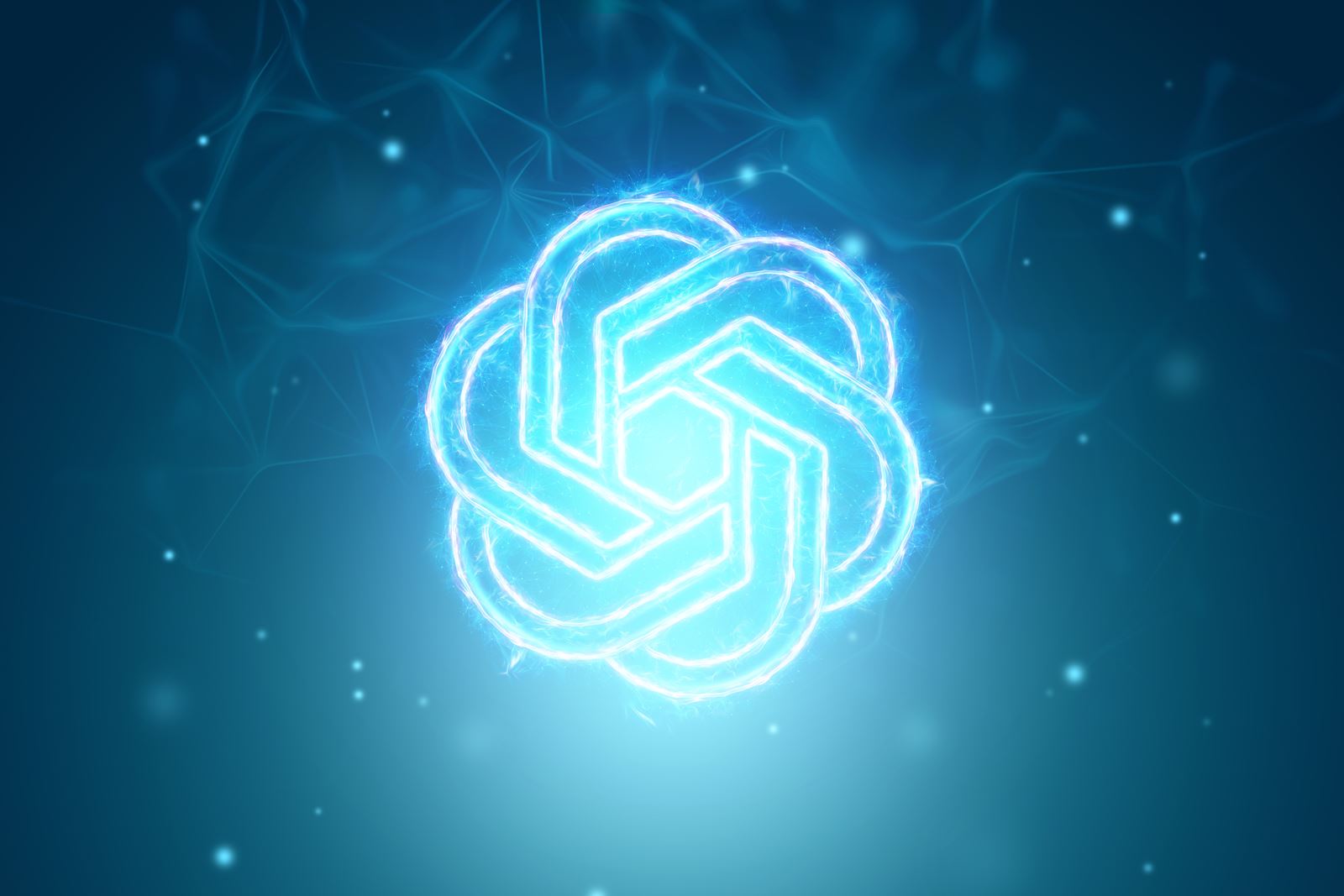Introduction
ChatGPT, powered by OpenAI’s GPT-3, is an advanced language model that can generate human-like text responses. It has gained popularity among developers for its ability to understand and respond to a wide range of prompts. In this blog post, we will explore how developers can integrate ChatGPT into their applications and projects.
Getting Started with ChatGPT
Before diving into the integration process, developers need to familiarize themselves with the OpenAI API and obtain an API key. OpenAI provides comprehensive documentation and guides to help developers get started quickly.
Understanding the API
The OpenAI API allows developers to make requests to the ChatGPT model and receive text responses. The API provides various options to customize the behavior of the model, such as specifying the desired temperature, which controls the randomness of the generated responses.
Generating ChatGPT Responses
To integrate ChatGPT into your application, you need to make HTTP requests to the OpenAI API. The API expects a list of messages as input, where each message has a ‘role’ and ‘content’. The ‘role’ can be ‘system’, ‘user’, or ‘assistant’, and the ‘content’ contains the actual text of the message.
Typically, a conversation starts with a ‘system’ message to set the behavior of the assistant, followed by alternating ‘user’ and ‘assistant’ messages. The ‘user’ messages provide instructions or prompts, while the ‘assistant’ messages store the model’s previous responses.
Use Cases for ChatGPT
ChatGPT can be integrated into a wide range of applications and projects. Here are a few examples:
Customer Support Chatbots
Integrating ChatGPT into customer support chatbots can enhance the user experience by providing more accurate and helpful responses. Developers can train the model on historical chat logs to make it more context-aware and improve its ability to handle customer queries.
Content Generation
ChatGPT can be used to generate content for various purposes, such as writing articles, creating conversational agents, or generating code snippets. Developers can provide prompts or instructions to the model and use its responses to generate high-quality content.
Virtual Assistants
By integrating ChatGPT into virtual assistants, developers can create intelligent and conversational interfaces. Virtual assistants powered by ChatGPT can understand natural language queries and provide relevant and accurate responses.
Best Practices for Integration
While integrating ChatGPT into your applications and projects, it is important to keep the following best practices in mind:
Data Privacy and Security
When handling user data, it is crucial to ensure data privacy and security. Take necessary precautions to protect user information and comply with relevant regulations.
Testing and Iteration
Before deploying ChatGPT to production, thoroughly test its responses and iterate on the integration. Collect feedback from users and continuously improve the model’s performance.
Monitoring and Error Handling
Monitor the performance of ChatGPT in real-time and implement appropriate error handling mechanisms. This includes handling cases where the model returns incorrect or inappropriate responses.
Conclusion
Integrating ChatGPT into your applications and projects can significantly enhance the user experience and provide intelligent and conversational interfaces. By following the best practices and leveraging the power of the OpenAI API, developers can unlock the full potential of ChatGPT and create innovative and engaging applications.
Remember to experiment, iterate, and continuously improve the integration to deliver the best possible experience to your users.

